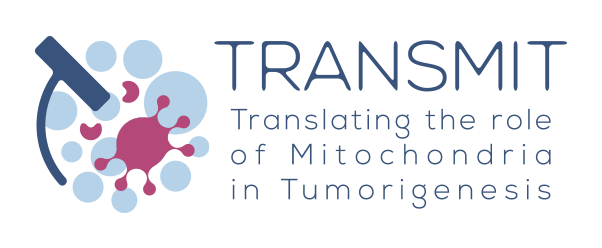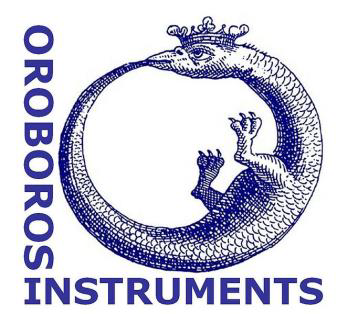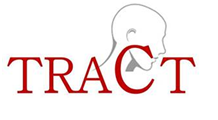During the TRANSMIT internal meeting held in Cambridge last June 25, Verena Laner from OROBOROS had the opportunity to draw the Consortium’s attention to the two following points:
1) the open position for the TRACT project:
In the framework of the Marie Skłodowska-Curie Action TRACT, Oroboros Instruments announces a vacant PhD position in cancer research with focus on mitochondrial function.
Two labs – one team: 25 O2k instruments (50 chambers) in action for High-Resolution FluoRespirometry (respiration, hydrogenperoxide production, mt-membrane potential, ADP-ATP phosphorylation, pH, Ca2+).
Unique prototypes for research: Q2k with Coenzyme Q redox sensor / NextGen-O2k with NADH autofluorescence, spectrophotometry for cytochrome redox state, ratiometric spectrofluorometry / O2kineticssoftware for analysis of oxygen kinetics of mitochondrial respiration.
Application deadline: July 05, 2018.
For more information click here.
2) the MitoEAGLE pre-print:
Abstract. As the knowledge base and importance of mitochondrial physiology to human health expands, the necessity for harmonizing the terminology concerning mitochondrial respiratory states and rates has become increasingly apparent. The chemiosmotic theory establishes the mechanism of energy transformation and coupling in oxidative phosphorylation. The unifying concept of the protonmotive force provides the framework for developing a consistent theoretical foundation of mitochondrial physiology and bioenergetics. We follow IUPAC guidelines on terminology in physical chemistry, extended by considerations on open systems and irreversible thermodynamics. The concept-driven constructive terminology incorporates the meaning of each quantity and aligns concepts and symbols to the nomenclature of classical bioenergetics. In the frame of COST Action MitoEAGLE open to global bottom-up input, we endeavour to provide a balanced view on mitochondrial respiratory control and a critical discussion on reporting data of mitochondrial respiration in terms of metabolic flows and fluxes. Uniform standards for evaluation of respiratory states and rates will ultimately support the development of databases of mitochondrial respiratory function in species, tissues, and cells. Clarity of concept and consistency of nomenclature facilitate effective transdisciplinary communication, education, and ultimately further discovery.
For more information click here.



